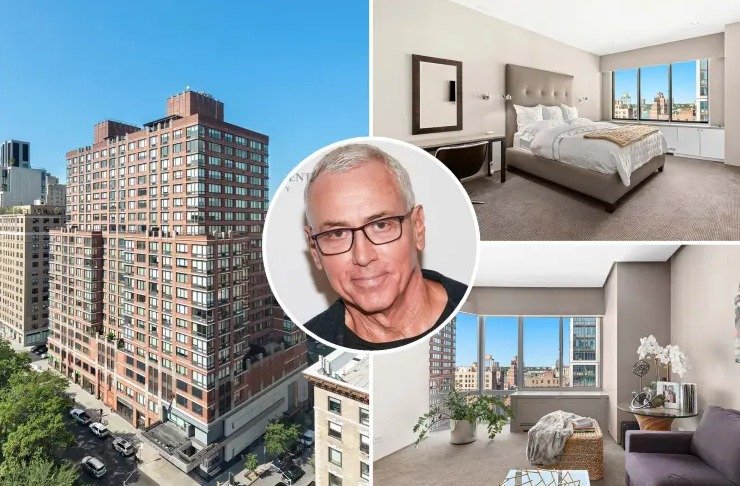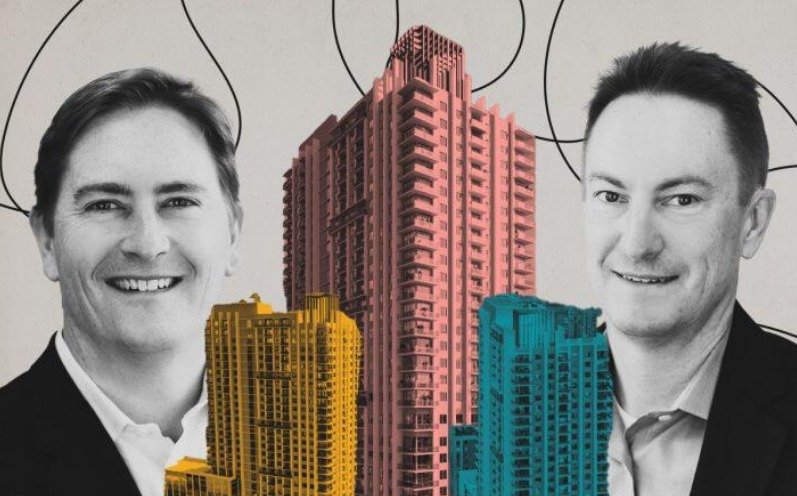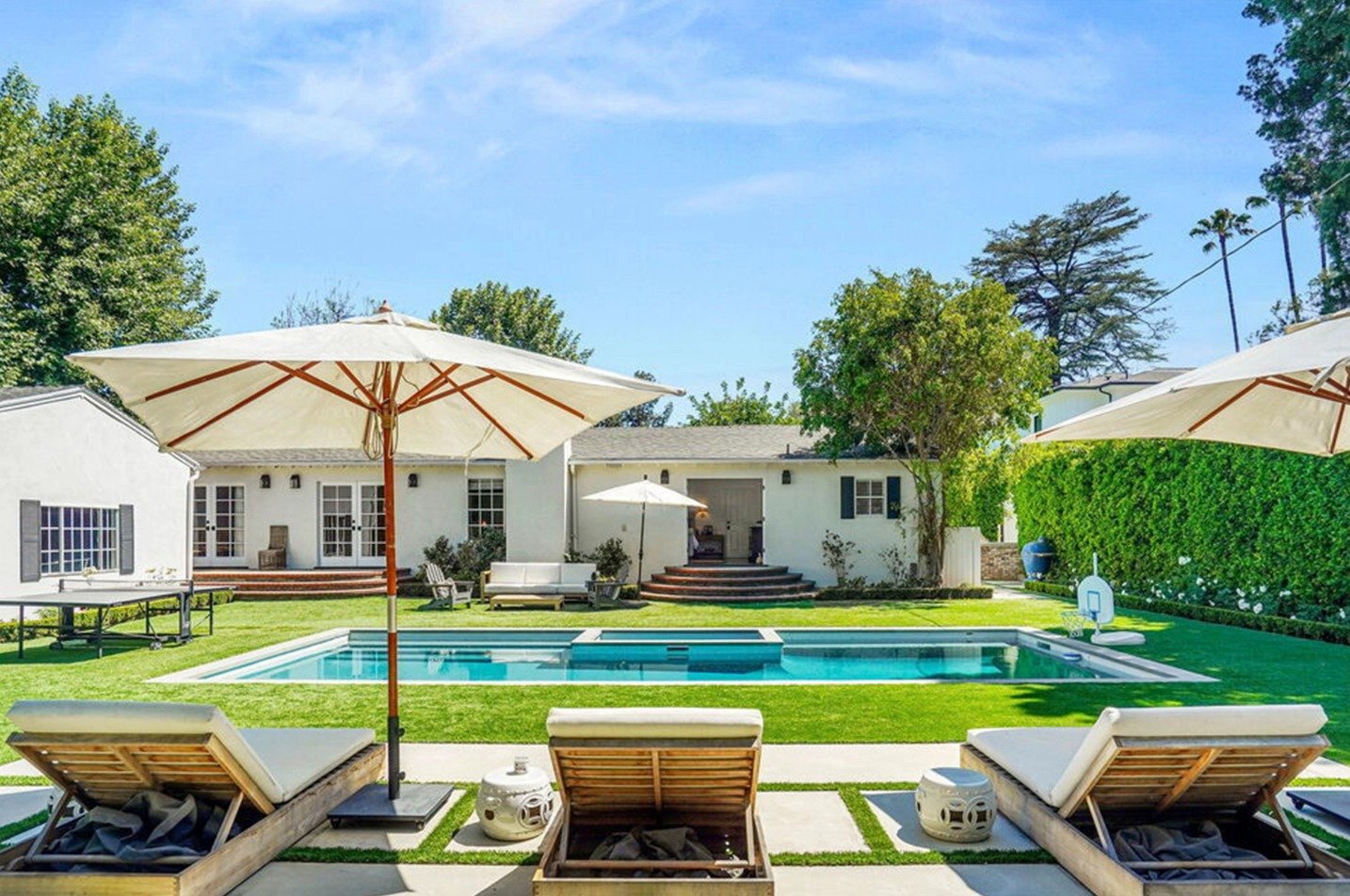The Politics of “Santa Fe Style” Modernist Architecture
A new project looks at the modernist influences on the city’s residential designs.
SANTA FE — Santa Fe’s quaintly uniform architecture and its harmonious interplay with the surrounding landscape have lured visitors to the New Mexican capital (which is also the oldest and highest capital in the nation) since well before statehood. The city’s local leadership has long recognized this quality as a tourism draw, first codifying the “Santa Fe Style” into a set of building standards in 1957. This movement was championed by the influential resident architect John Gaw Meem, who also baked in core tenets of the modernist architectural ethos, which was in vogue at that time. Surprisingly, no monograph celebrating modernist influences on the city’s residential designs has existed, until now. Finally, fans of this subject matter can rejoice with the launch of Helen Thompson’s handsome and tasteful latest project, Santa Fe Modern, which comes in the form of a photography book published by Monacelli Press and an accompanying exhibition, curated by Laura Carpenter, at Santa Fe’s Center for Contemporary Arts.
The book’s text helpfully encapsulates how the “Santa Fe Style” took shape, both officially and unofficially, tracing its lineage from pre-colonial times through the area’s territorial period starting in 1850 to when it was effectively frozen (coinciding with the Midcentury design era), and surveys how the properties of traditional pueblo architecture have lent themselves to modernist applications. The austerity of the modernist style tidily integrates with the area’s obligatory architectural elements (adobe and stucco, flat roofs, etc.), and northern New Mexico’s high desert vistas are set off favorably by all those massive windows, even if the dramatically manicured, drought-tolerant landscaping still threatens to upstage the main event. Casey Dunn’s photography captures it all in glorious detail.
While Santa Fe Modern is beautiful to look at, it’s hard not to dwell on the city’s critical housing shortage in the face of such extravagance, relatively restrained as it may be. Blame inevitably falls on the city’s stringent building codes meant to preserve its unique character, because adhering to this standard isn’t cheap. It’s ironic to think of pueblo architecture — which has been employed to accommodate density and communal living for centuries — being appropriated today to build opulent second or third homes (as is often the case) for mostly rich white people. Today, New Mexico consistently ranks as one of the poorest states, and four times as many indigenous families live in poverty here than white families.
This is not meant to be a blanket indictment of the architects, homeowners, or the teams behind the book and exhibition, but I’m always shocked when art projects, especially publicly funded ones, don’t overtly acknowledge the unflattering dissonances that will inevitably be pointed out by scolds like me. At least the above concerns seem to be anticipated by the exhibition organizers, as evidenced by planned ancillary programming “designed to address the complexities around historic preservation, affordable housing, urban infill, sustainability, and progressive design.” But I wish there was more visibility into these nuances in the gallery space and book themselves, so admirers (like myself) of this otherwise satisfying presentation can have a more multi-dimensional understanding of Santa Fe architecture and the people it has impacted.















